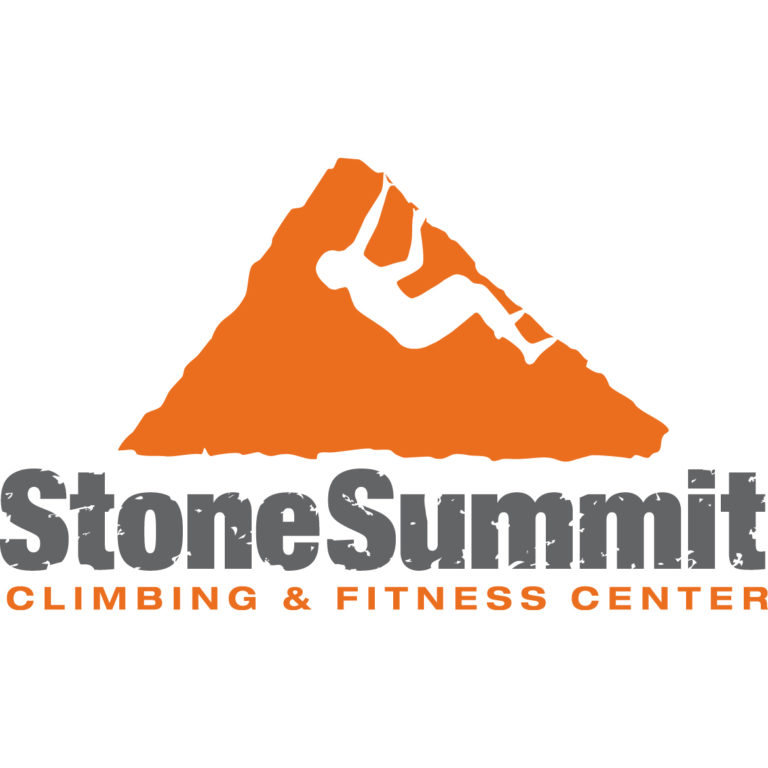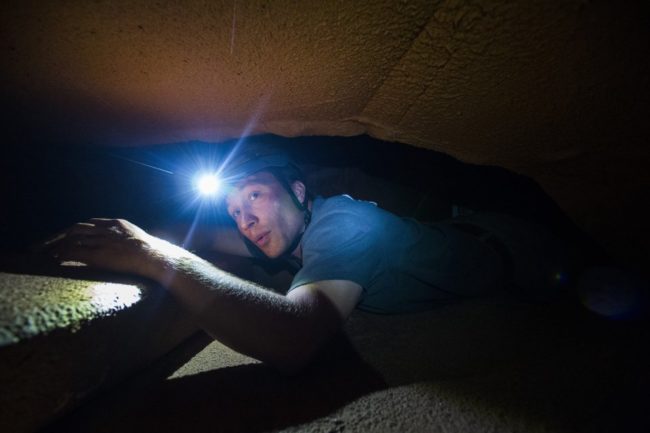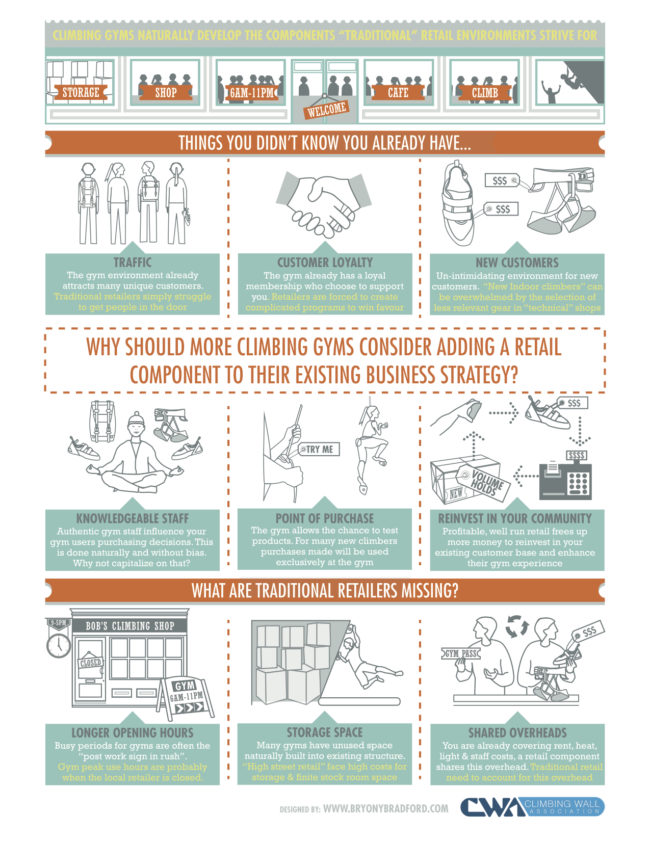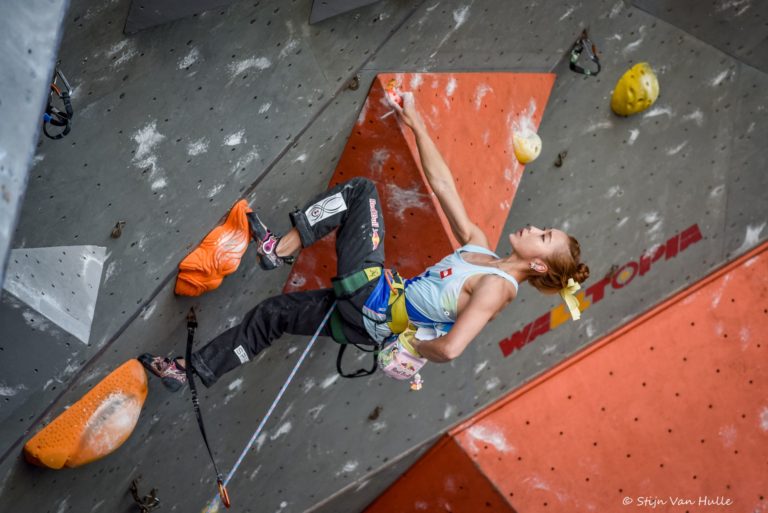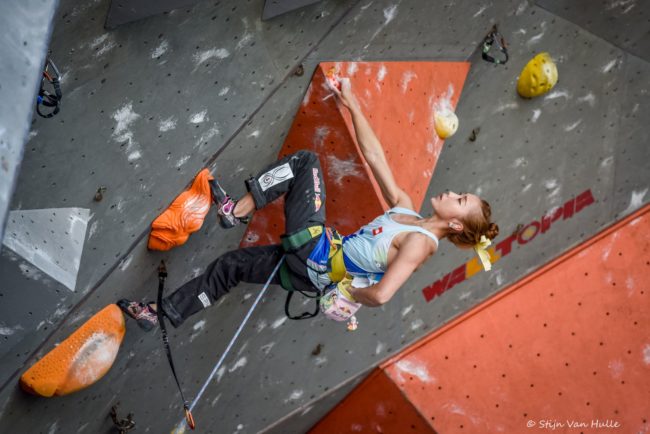
Understanding the key metrics that climbing gym operators need to keep track of can greatly influence the success of their business decisions and keep their members happier, longer.
Gym operators should keep a close eye on member attrition, length of stay, retention and the lifetime value to understand the lifecycle of a membership and how to make appropriate strategic plans.
Traditional health clubs have been collecting membership usage and retention data for decades. And only now are climbing gyms starting to eye the importance of these numbers.
Club Industry, a fitness industry trade journal, breaks down exactly how to calculate the most important data.
Attrition
Many facilities calculate attrition as a baseline for success. Attrition is measured by taking the number of cancelled memberships at the close of each month and dividing this by the number of active memberships from the beginning of the month and multiplying by 100.
The attrition rate is the percentage of members who have canceled their membership. This calculation seems straightforward enough, but beware that it doesn’t take into consideration the impact of atypical promotional and sales efforts for that month. This isn’t usually a problem for climbing gyms, as they do not typically run monthly specials, instead opting for once a year specials.
Length of Stay
Another commonly used indicator of retention is to calculate the average length of stay (LOS) for a member. Divide the total number of months your members stay by the total number of members to get the average number of months that a member stays.
Although looking at both attrition and LOS are valuable metrics to track, they don’t provide a good snapshot of true membership retention. Alternatively, you can call upon two better metrics: retention rate and lifetime value. These calculations are less affected by poor or exceptional sales months or your select members who have been with you for a long time.
Retention Rate
The largest revenue source for a climbing gym is typically monthly memberships. Because memberships are so important to the success of your operation, understanding retention is very important.
Retention rate is the number of members you keep with respect to the number of members you had at the start of a predefined interval of time, for example one, three, six, 12, and 36 months. This is a good indicator of how loyal your members are and how effective your customer service is. Tracking and benchmarking retention rates helps you find out where your operational strengths and weaknesses are.
From Club Industry
Steps to calculate annual retention rate:
1. Make a 12-month chart and record:
Starting number of members. Calculate by adding the previous month’s final membership to number of new sales in the current month and subtracting the number of members who cancel.
Total cancelled memberships for the last 12 months
2. Total the beginning number of monthly memberships and divide by 12 to calculate the average beginning monthly membership.
3. Total the number of cancelled memberships divided by the average beginning monthly membership to get your attrition.
According to the International Health, Racquet and Sportsclub Association’s 2015 industry statistics, the average rate of member retention for IHRSA clubs was 72.4 percent. There are no statistics kept for retention within commercial climbing gyms but it’s safe to say that climbing operations should fall at the same level or even higher than traditional fitness clubs.
Usage
If you feel your retention rate is low it could be because you are not offering enough added amenities. Yoga, fitness classes, retail, youth teams, training programs… all of these will help your members to stick around longer than if you only provide a place to climb.
If you’re seeing your new members drop off at the 6-month mark it could mean you need to put more emphasis on classes, groups or social activities.
Usage, not cost, is the primary driver of a member’s perceived value of membership. Members who use your club at least two to three times per week are more likely to continue their memberships than those who come less frequently.
But do you know what data you should be looking at to determine how your customers use your facility? In this
article, Stephen Tharrett, president of Club Industry Consulting gives a few key areas where your attention should always be.
The metrics that seem to have the closest statistical relationship to retention include:
Member usage. Research shows a closely related relationship between frequency of usage and membership retention. The more frequently that members use the club, the more likely they are to remain members. The less frequently that members use the club, the more likely they are to resign.
Early stage usage. Research shows that frequency of usage during the first 90 to 120 days of membership is closely correlated with retention, both during the first few months and after more than one year.
Member satisfaction. Data shows that the higher a club’s “net promoter score” (percentage of members who rate you as a five on a five-point scale, minus those who rate you a one, two or three) the better a club’s membership retention levels are.
Additional services revenue per member. The more money a member spends in a club, especially during the first 90 to 120 days of membership, the more likely they are to remain a member.
Tharrett goes on to write a few ways you can take that new information and turn it into action items you and your staff can implement.
Current members who use the club less than four times per month. Contact these members and identify strategies and actions to get them more involved.
New members from the past month who have used the club less than four times. Implement strategies for helping them connect more effectively with the club.
New and existing members who have used the club at least eight times in the last month. Knowing who these members (your “business apostles”) are, allows you to recognize and reward them.
New members who have not spent money in the club in the last 90 days. If you learn the names of these members, you can focus on getting them engaged in club services.
Read more about retention at
ClubIndustry.com
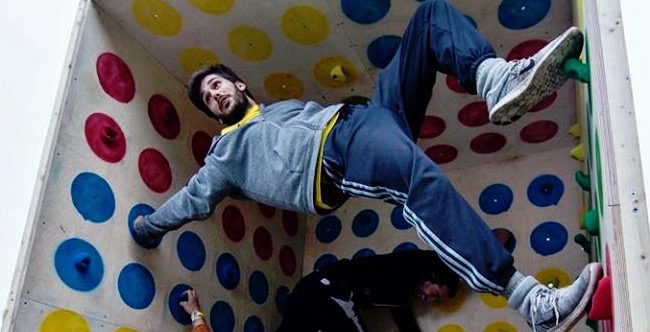
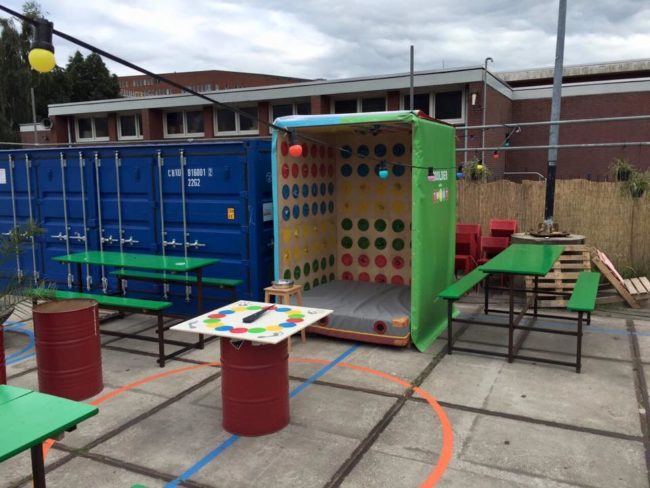



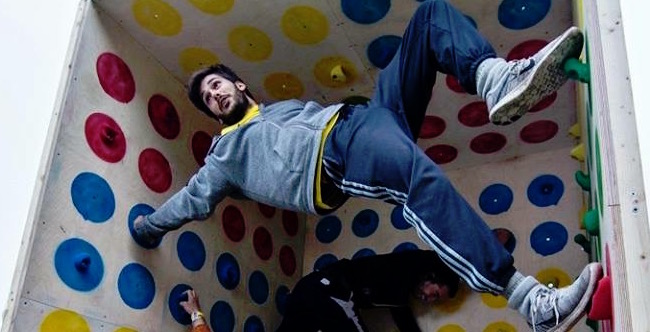
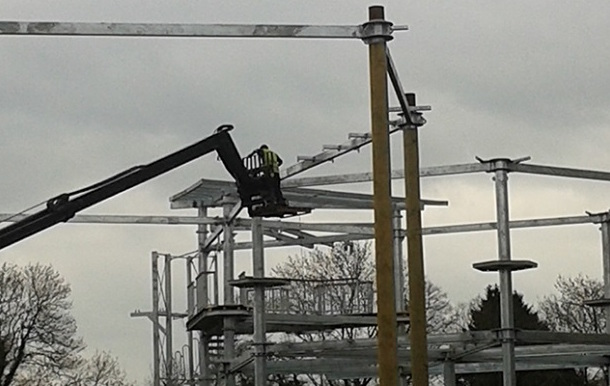
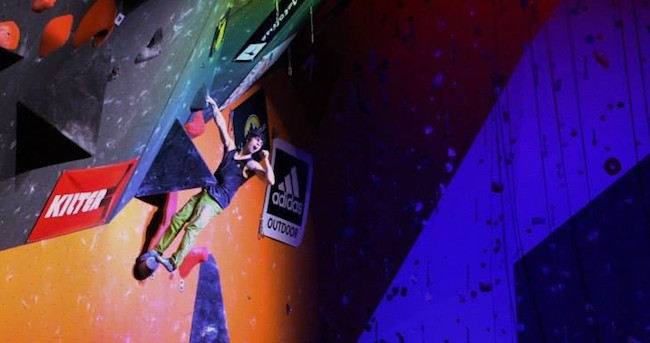
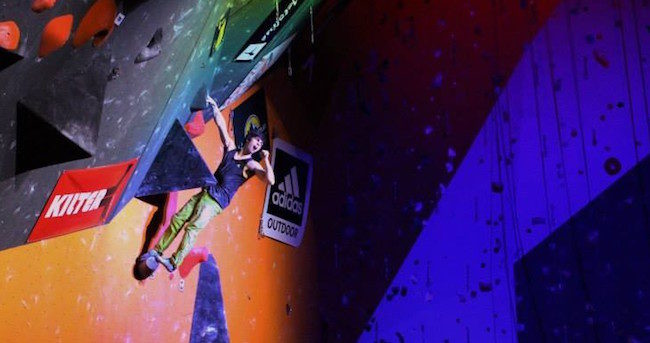
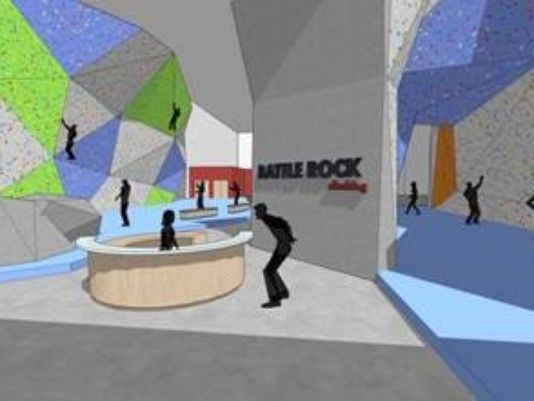

 Understanding the key metrics that climbing gym operators need to keep track of can greatly influence the success of their business decisions and keep their members happier, longer.
Gym operators should keep a close eye on member attrition, length of stay, retention and the lifetime value to understand the lifecycle of a membership and how to make appropriate strategic plans.
Traditional health clubs have been collecting membership usage and retention data for decades. And only now are climbing gyms starting to eye the importance of these numbers.
Understanding the key metrics that climbing gym operators need to keep track of can greatly influence the success of their business decisions and keep their members happier, longer.
Gym operators should keep a close eye on member attrition, length of stay, retention and the lifetime value to understand the lifecycle of a membership and how to make appropriate strategic plans.
Traditional health clubs have been collecting membership usage and retention data for decades. And only now are climbing gyms starting to eye the importance of these numbers. 